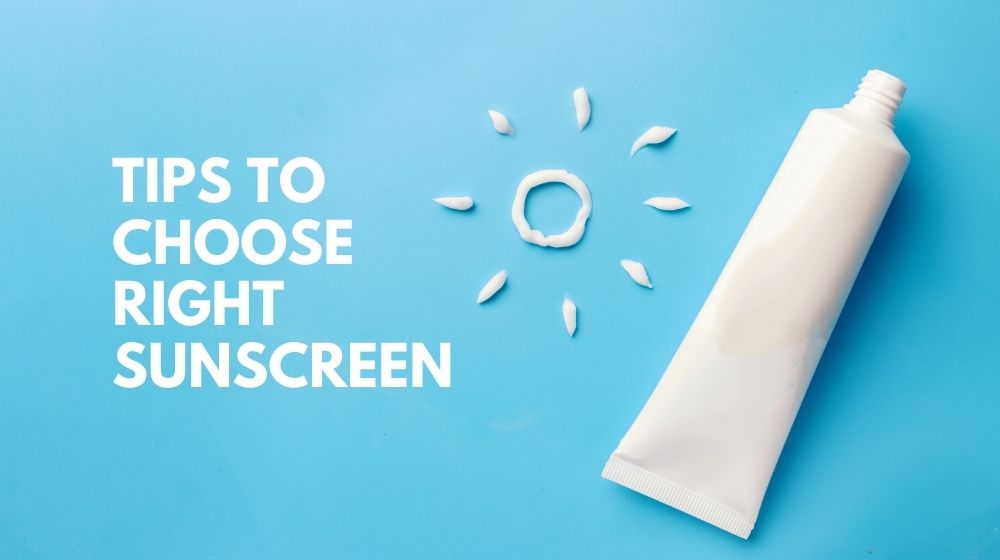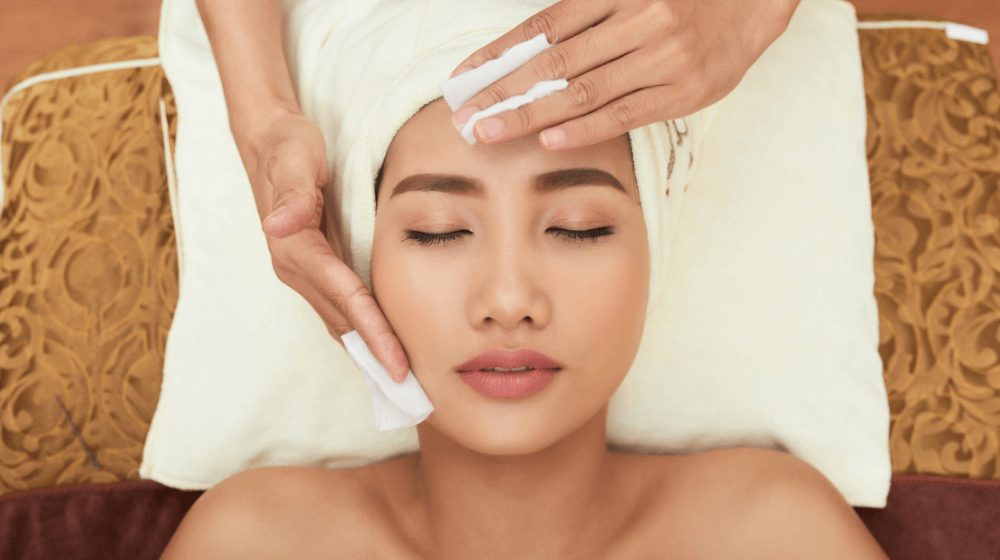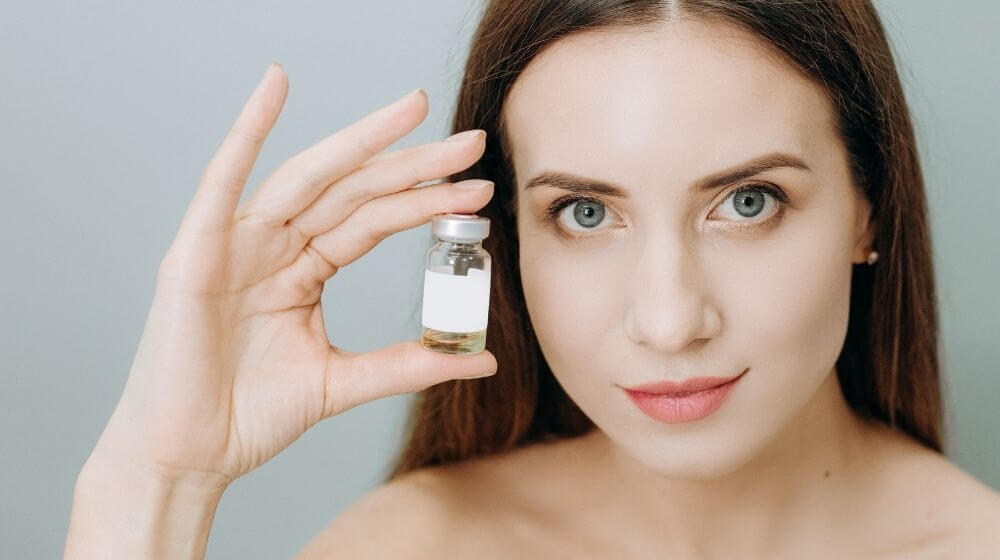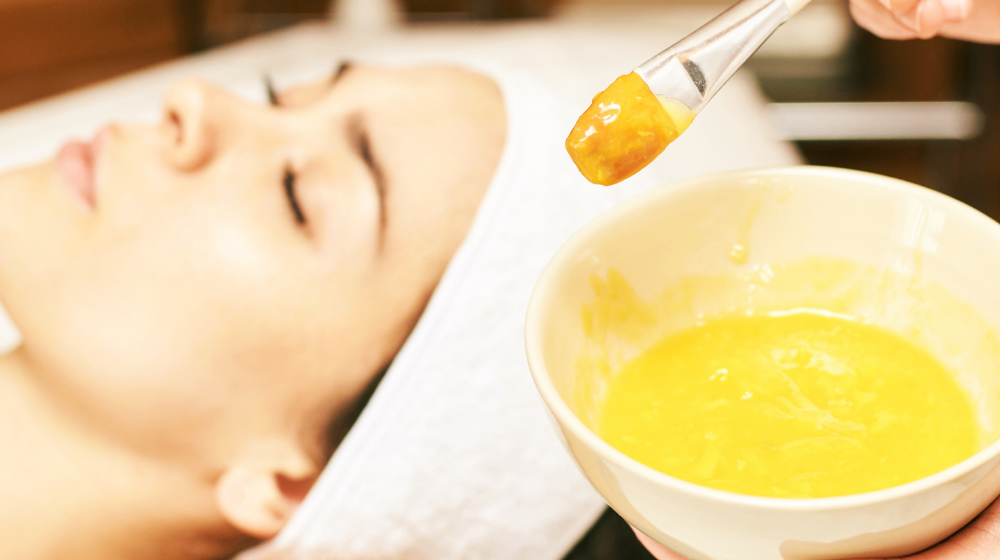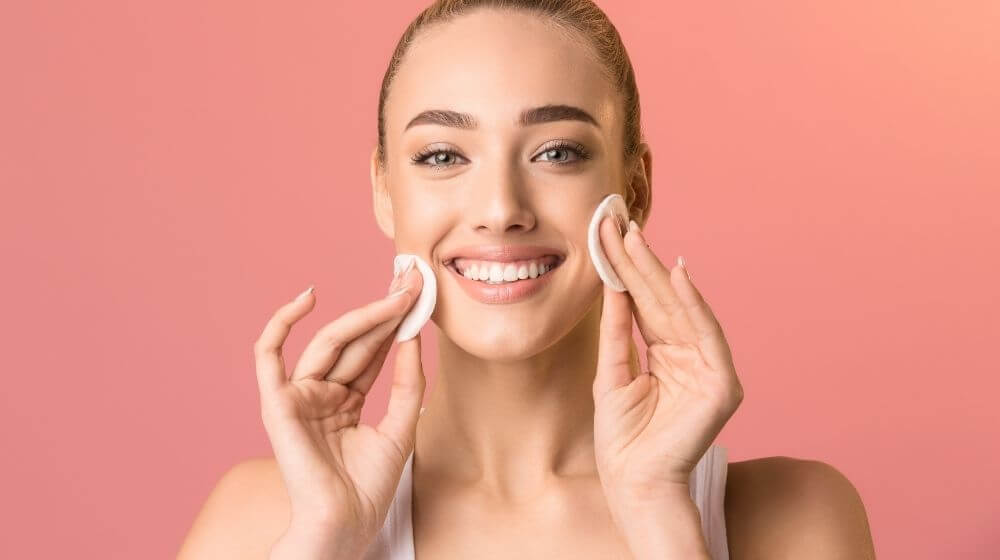The season of summer means dealing with the scorching sun and the forever struggle to protect your skin from sun damage. Sunscreens are used for that sole purpose. They are designed specifically to protect your precious skin from the harsh UV rays causing tan lines, skin damage, and even skin cancers. Studies say that regular use of sunscreen with SPF 15 or higher, can reduce the risk of developing Squamous Cell Carcinoma (SCC) by 40% and reduce the risk of Melanoma damage by 50%. Choosing the right sunscreen for yourself can, not only help you prevent skin cancer but also maintain that healthy glow on your body.
History Of Sunscreens
From ancient Greeks to ancient Egyptians, Sunscreen was used throughout the history of mankind to protect themselves from the Sun. Ancient Greeks used to apply Olive Oil whereas in Egypt, the use of rice extracts and jasmine was popular to fight off the harmful rays.
In the early 1930s, South Australian chemist H.A. Milton Blake worked on an experiment to produce a cream to prevent sunburn. Meanwhile, in 1936, the founder of L’Oreal, Eugene Schueller, developed a formula for sunscreen.
In 1938, an Austrian chemist known as Franz Greiter invented one of the first biggest sunscreen products. Greiter’s sun-screen was called “Gletscher Crème” or “Glacier Cream”. The chemical formula for Glacier Cream was picked up by a company called Piz Buin.
SPF:- The term SPF also known as Sun Protection Factor was invented by Greiter in 1962. It was invented to standardize the strength and percentage of effectiveness of any sunscreen product. An SPF rating is considered the measure of the fraction of sunburn-producing UV rays that reach the dermal layer. Consider the given example, “SPF 20” whichmeans that 1/20th of the scorching radiation will reach the skin layer (assume the sunscreen is applied evenly at a thick dosage of two to three milligrams per centimeter square).
Suppose a person develops sun-tan in 15 minutes of exposure to the sun without applying any sun protection, that person will be able to avoid the sun–tan for 150 minutes in that same sun with the application of SPF 15 sunscreen.
Sunscreens can be categorized into two types-a) Chemical Sunscreens and b) Physical Sunscreens
Chemical sunscreens are nothing but a mixture of many chemicals made into existence to fight off UVA and UVB rays. These ingredients deactivate the sunlight that falls onto the skin and creates a chemical reaction that can transform UV rays into a form of heat, which gets released by the skin.
Although people tend to buy chemical sunscreens instead of physical ones since physical sunscreen like Zinc oxide leaves a white cast on your skin after application and Chemical Sunscreens get absorbed into the skin leaving no trace at all. But a lot of dermatologists prefer physical sunscreens over chemical ones as physical sunscreen is effective immediately after applying it to the skin. Whereas chemical ones take more time to get absorbed into the skin. Physical sunscreens are also long-lasting and gentle on the skin as compared to chemical sunscreens.
Choosing The Right Kind Of Sunscreen
If you are unaware of what to look for in a perfect sunscreen?. Here are the tips to make your choice a bit easier:-
1. Proper SPF-
If you are looking for sunscreen, you might have come across sunscreens containing SPF 15, 30, 50, etc. The sun protection factor is the measurement of the sun’s effect on your skin. Higher SPF is said to be better at protecting, but Dermatologists say a sunscreen with an SPF of 15 blocks about 94-95% of the sun’s dangerous rays. SPF 30 products block about 97 % of sun rays, and SPF 45 sunscreen covers about 98 percent of the body from the sun’s harmful UV rays. So, it is pointless to go for SPF higher than 45.
2 . PA Or Protection Grade Against UVA Rays-
PA is the Japanese sun protection measurement ranking used in today’s products. Sunscreens with PA+++ can protect normal skin people against UVA rays with a high grade of 8 or above. The more ‘+’, more will be the more protection.
Skin Type
Not everyone has a skin type. Some have normal skin, some have dry, some have combinational skin, some oily and others have sensitive skin. So, finding a sunscreen that fits your skin type is tough. People with normal skin have it easy, as their skin is not that sensitive to any chemicals than can cause breakouts. Dry skin people should focus on getting sunscreen that can also moisturize and people with oily skin should opt for sunscreen which does not clog the pores and feels light on the skin. Combination skin is a mix of both dry and oily at the T zone, nose, and chin regions. A lightweight sunscreen with a serum or gel-like texture is well fit for combinational skin. People with sensitive skin face a lot of challenges when they deal with skincare so consulting a dermatologist before picking a sunscreen is strongly recommended as the chemicals in a product can cause breakouts and acne for a sensitive user.
Skin Color
People with lighter skin tones are more prone to sunburn rather than people with darker skin tones, as dark-skin people have more melanin pigment in their skin that protects them from being sunburnt for a longer amount of time. However, this does not mean that they are free from skin damage. A person with a high amount of Melanin also has the chance of getting skin cancer if they do not take care of their skin and protect it from harmful rays.
Type Of Sunscreen (Powder, Mist, Stick, Gel, Or Cream)
Nowadays there are a variety of different types of sunscreens available. But some of them are less effective than others. Powder and mist sunscreen may be easy to use but due to their spray-like application, a lot of product might go to waste instead of being applied to the skin. Sunscreens with cream or gel-like consistency can be less wasteful but messier to apply. Stick or roll-on sunscreens on the other hand have better applications, so a lot of consumers prefer the stick kind.
Ingredients Used-
Instead of chemically formulated sunscreens, products with zinc oxide or titanium dioxides are softer on the skin and preferred by dermatologists. But Zinc and Titanium sunscreens can cast a white layer on the skin after application which is more visible for people with darker skin tones. These people can choose chemical sunscreens to avoid the white cast.
Based On The Activity –
If you are an athlete or Swimmer or your job requires you to stay outdoors most of the time. Chances are you will get sunburned more than your peers. So, you should get sunscreen with higher long-lasting coverage. You can also opt for water-resistant ones if sweating or water is an issue.
1. Water Proof Or Water Resistant-
Sunscreens claiming to be “waterproof” have now been replaced with “Water Resistant up to 80 mins” by the FDA due to lack of proof of them being unaffected by water. So, Water resistant sunscreens are good for swimming or profuse sweating for up to 80 minutes after application.
2. When To Apply Sunscreen And For How Long?-
You should apply a generous amount of broad-spectrum [including both UVA and UVB] SPF 35-50 sunscreen at least 10-20 minutes before sun exposure, and reapply every two hours after initial application if necessary.
3. Sun Exposure-
Sun shines the brightest from 11 A.M. to 3 P.M. So it would be better to avoid direct exposure to sunlight during that time cycle. Sunscreen and Umbrellas can help with sun exposure if you have to stay out for a longer period of time.
Multipurpose sunscreens formulated with moisturizing ingredients and foundations have low sun protection ability as other ingredients in sunscreen can dilute the sun protection factor.
Here is a guide on how to prep the skin and put on makeup while using sunscreen:-
- Wash your face clean with any sulfate-free face wash.
- Always use a moisturizer with sunscreen as a base coat so the sunscreen does not dry out your face. Aloe Vera gel is a recommended moisturizer for people with oily skin or acne-prone skin. Aloe Vera gel does not clog any pores and hydrates the skin.
- Use a coin-sized amount of sunscreen for your whole face and do not forget to apply it on your neck as well. Applying sunscreen on the neck can prevent the appearance of wrinkles and fine lines.
- If it is a chemical sunscreen, it must be applied 15-20 minutes before going out of your house and thoroughly massaged into the skin so that it gets absorbed properly.
- If you are used to applying foundation in the morning, then the next step is your foundation. People applying physical sunscreen are required to apply a coat of foundation to mask off the ashy look.
- Don’t forget to apply a lip balm preferably with a sun protection factor to protect the lips from sun damage as well.
If you are torn between buying a chemical or physical sunscreen, it is always advised to do some research about the product and consult a certified Dermatologist for more help. Because your skin is one of your precious assets and must be cared for in the best way possible.
FAQs
1. What is the best sunscreen to use?
The best sunscreen to use depends on your skin type, the duration of sun exposure, and the strength of the UV rays. A broad-spectrum sunscreen with SPF 30 or higher is recommended for most people.
2. How often should I apply sunscreen?
Sunscreen should be applied 15 to 30 minutes before going outdoors and reapplied every two hours or after swimming or sweating.
3. What type of sunscreen should I use?
Choose a broad-spectrum sunscreen with an SPF of at least 30 and water-resistant properties.
4. What are the ingredients to look for in sunscreen?
Look for sunscreens that contain zinc oxide and titanium dioxide, which provide the greatest protection from UVA and UVB rays.
5. Is it safe to use sunscreen on a baby?
Yes, it is safe to use sunscreen on babies over 6 months old. Look for sunscreens that are formulated for babies and children, which are usually gentler on their skin.
6. How much sunscreen should I apply?
You should use about an ounce (a shot glass full) of sunscreen to cover your entire body.
Follow K4 Fashion on Instagram for the latest updates from the fashion world. Stay tuned!
(Reviewed by Dr. Samiksha Rane)
You’ll also like:
- Top Indian Skin Care Brands
- Winter Beauty Tips for Your Skin
- Disha Patani’s Holistic Skincare Routine
- How to get rid of hickies quickly
- Pre-Bridal Skincare Routine


